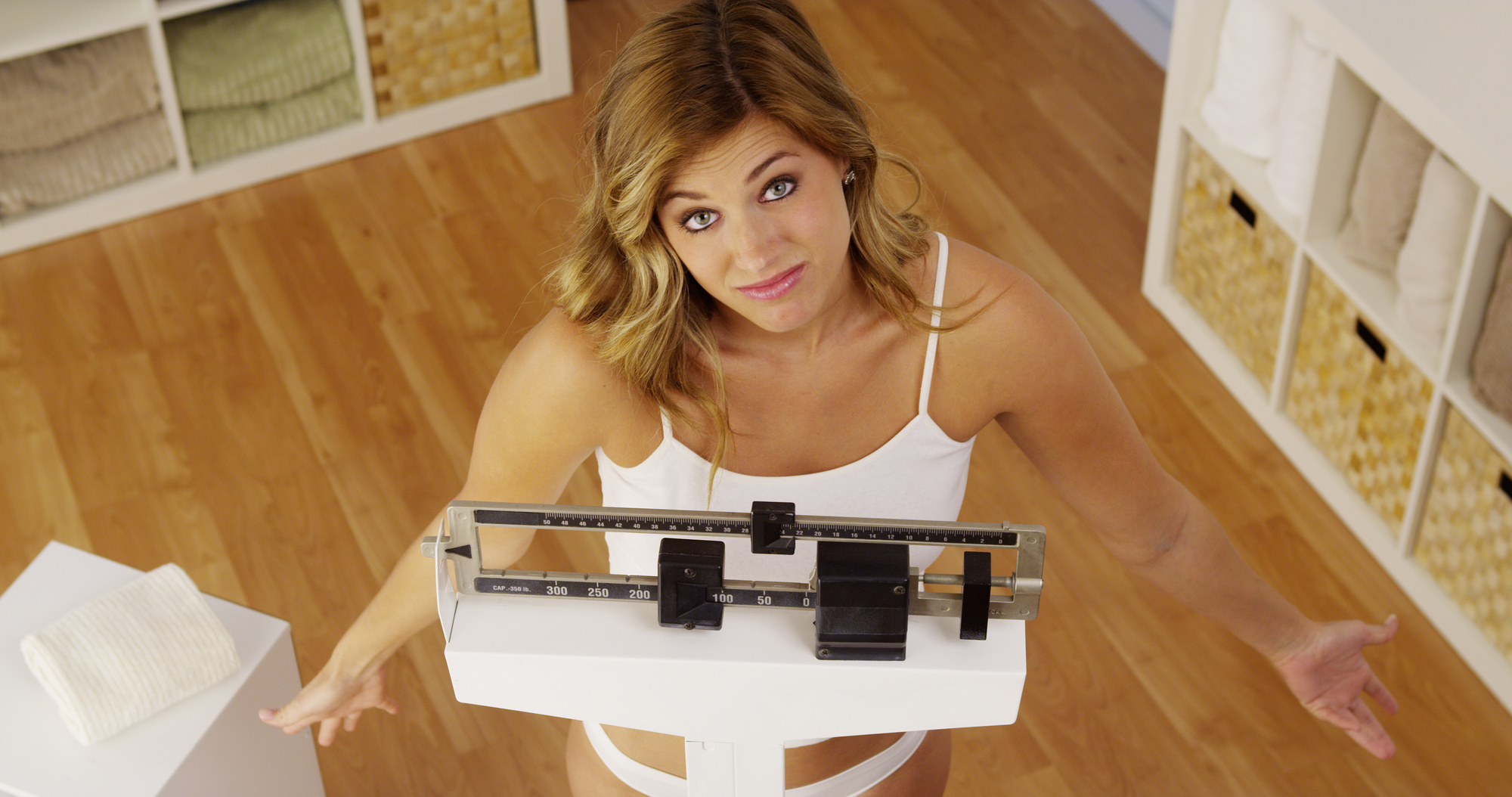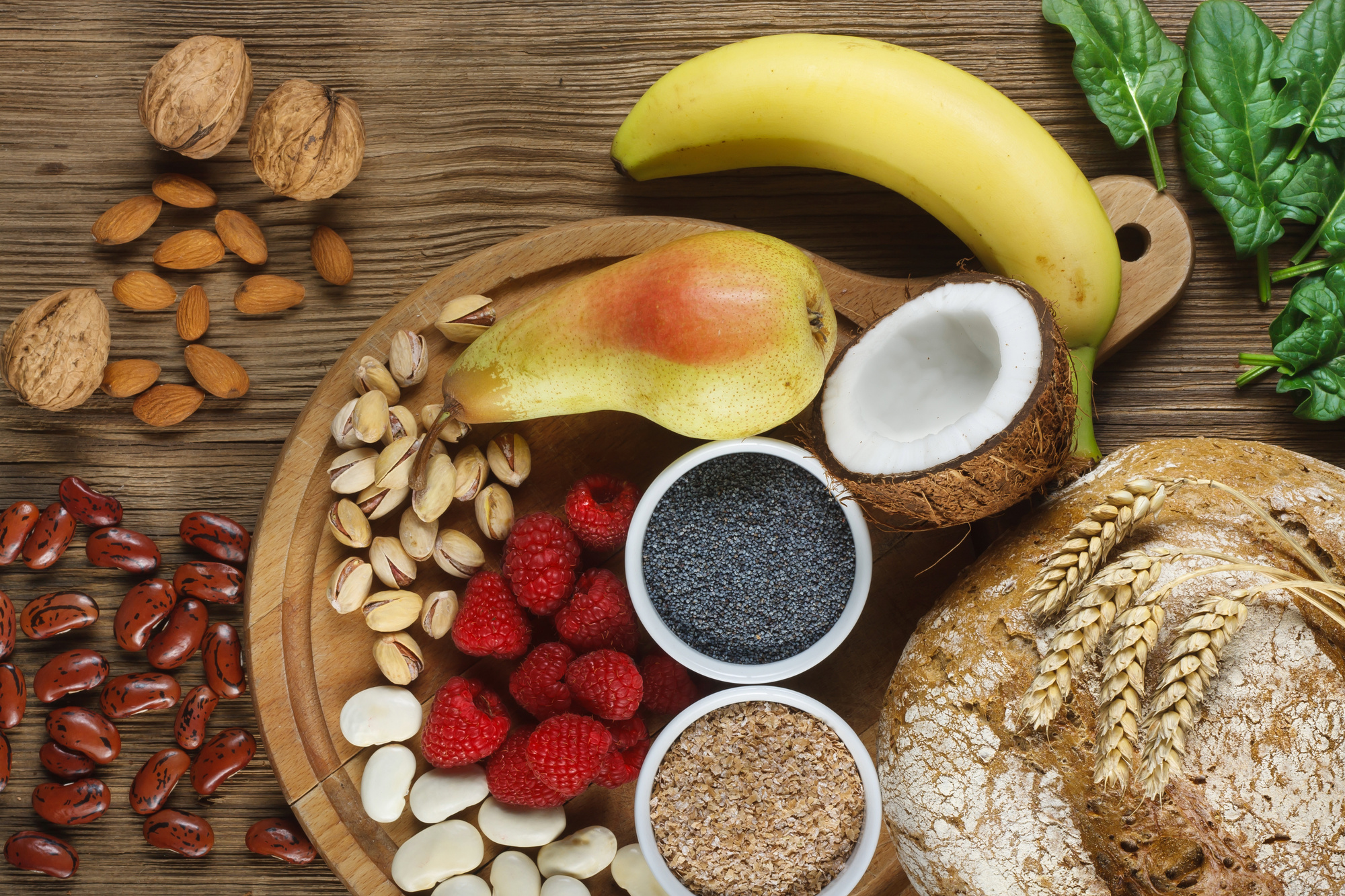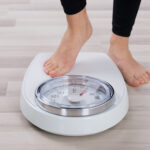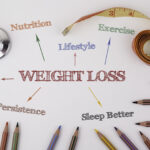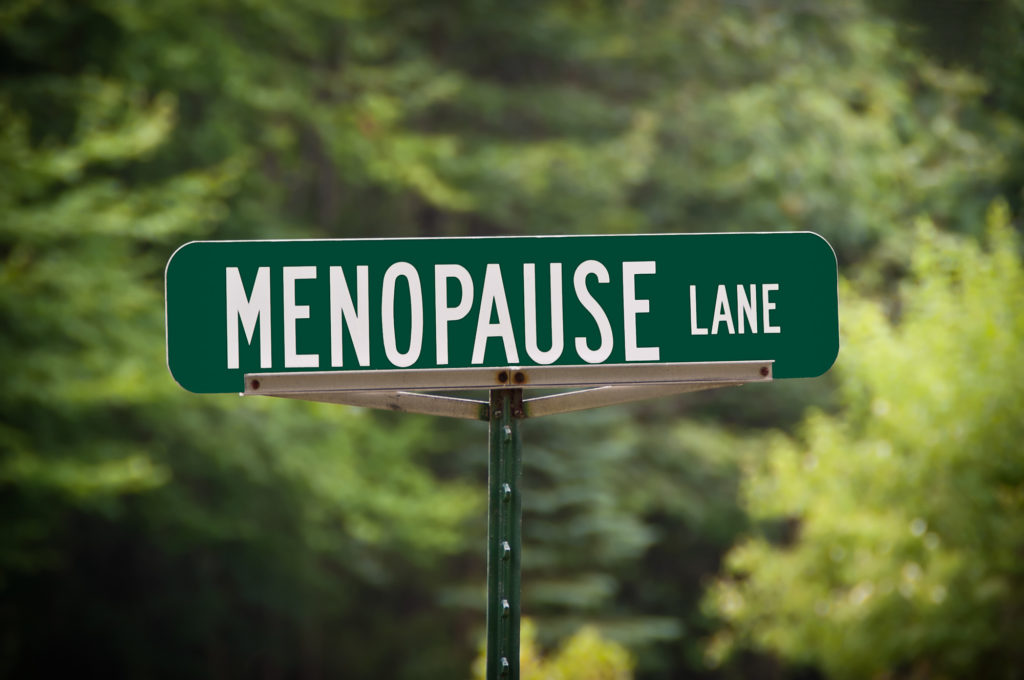
Every year in the United States, approximately 1.3 million women become menopausal. For many of these women, weight gain is a side effect of menopause.
Are you premenopausal or going through menopause right now?
In either case, you may find that it’s harder for you to lose weight or keep it off. This is where changing your workout routine or making exercise more of a priority can play an important role.
Read on to learn more about menopause and exercise and how you can stay in shape as your body changes.
How Menopause Affects the Body
It’s no secret that menopause has a significant impact on the way a woman feels and the way her body works.
When it comes to weight management, though, many people don’t understand why it becomes so much harder when they begin to go through menopause. Explained below are some specific ways that menopause influences a woman’s weight:
- Hormonal changes contribute to fat gain, especially around the abdomen
- Muscle mass decreases, which slows the metabolism and the body’s ability to burn calories
- Women may feel more tired and have less motivation to exercise on a regular basis
- Women may have difficulty sleeping, which can increase cravings for unhealthy food and contribute to overeating
Genetic factors play a role as well. If a woman’s mother and grandmother experienced a lot of weight gain during menopause, it’s possible that they will as well.
Menopause and Exercise: Essential Fitness Tips
It’s true that menopause can make weight loss harder for some women. The good news, though, is that with the right exercise plan and dietary approach, you can minimize the amount of weight you gain and help your body to feel its best as it goes through this transition.
Here are some tips to try if you need help putting together an appropriate and effective workout or weight loss plan:
Strength Train
For women who are going through menopause and gaining weight, it may be tempting to spend hours on a cardio machine to try and burn the greatest number of calories possible. In reality, though, it’s better for them to place an emphasis on strength training.
Lifting weights, as well as doing bodyweight strength training exercises like squats and push-ups, can help women to increase muscle mass and retain the muscle they already have. The more muscle you have, the faster your metabolism is and the more calories you’ll burn while exercising and at rest.
Manage Stress
In addition to strength training, it’s also important to spend time participating in activities that help to minimize stress.
Stress management is essential during all stages of life, but especially during menopause when hormone levels are changing in such a dramatic way. Activities like yoga, pilates, and tai chi are all good ones to add to your routine at this time.
Focus on Mobility
Make sure you’re focusing on your muscle and joint mobility, too.
Yoga can be great for this, or you can do mobility exercises before your workout as a warm-up. Mobility exercise help to improve your range of motion and ensure you can perform movements with good form.
As you get older, you may find that your muscles are stiffer than usual. When you make mobility a priority, you’ll decrease your risk of injury and will ensure you get the greatest amount of benefits from your workouts.
Improve Balance
Focus on your balance, too. As you age, you’ll become more prone to slips, trips, and falls, which can lead to sprains, strains, and even fractures.
The good news, though, is that if you work on improving your balance, your chance of experiencing slips, trips, and falls decreases in a dramatic way.
You’ll be able to move with more ease as you go through everyday life and will have the strength needed to keep yourself upright.
Increase NEAT
NEAT is short for non-exercise activity thermogenesis. In short, it’s all the movement you do during the day outside of your structured workouts. It includes walking, cleaning, and even fidgeting.
Work on moving more during the day (take short walks every hour or stand up from your desk and stretch, for example) to burn more calories without having to spend more time in the gym.
Exercise Often
It’s important to exercise on a consistent basis if you want to see weight loss and health improvements.
Aim to exercise for at least 150 minutes per week. That works out to about 30 minutes per day, five days per week.
This is a great starting point for most people. If it seems too daunting, though, shoot for just 30 minutes once or twice per week.
Remember, you can still see benefits if you gradually increase the amount of exercise you do over time. As long as you’re consistent, you’ll still notice improvements.
Workout from Home
Many women, whether they’re going through pre-menopause or menopause, are busy and have a hard time making time for their workouts.
The benefits of exercise are so important, though, it’s imperative that you find a way to fit them in. One way to ensure you workout on a consistent basis is to workout at home.
Consider investing in an online exercise program for pre and post menopausal women. That way, you won’t have to worry about driving to the gym or figuring out how you’re going to exercise for the day. Everything you need will be right there waiting for you.
Try These Fitness Tips Today
If you’re struggling with weight gain during menopause (or pre-menopause), remember that there are lots of techniques you can use to minimize the weight you put on at this stage of your life.
Keep this information on menopause and exercise in mind so you know what to do to stay active and continue seeing results from your workouts.
Do you want to learn more about improving your health through diet and exercise? If so, visit the Workouts for Weight Loss and Diets for Weight Loss sections of our site today for some other helpful tips and tricks.

